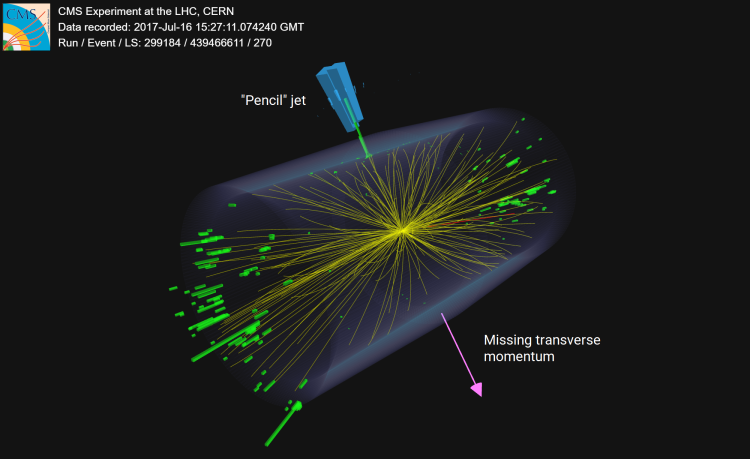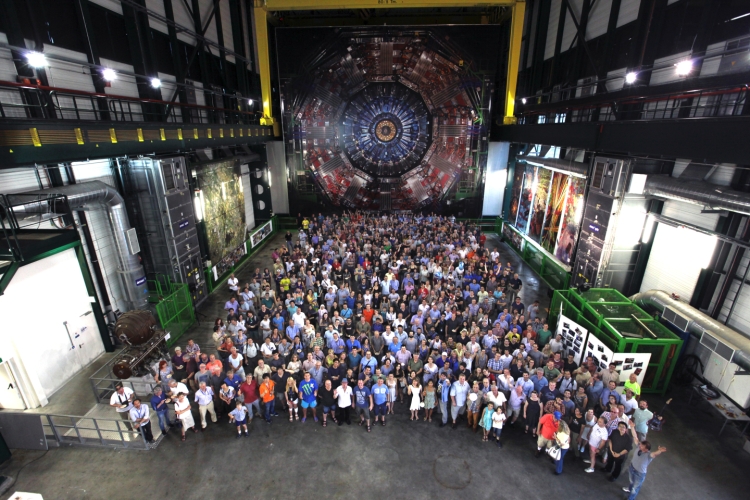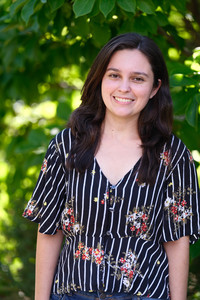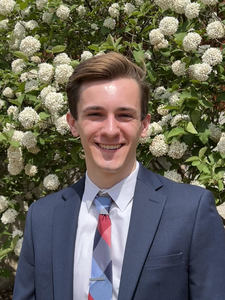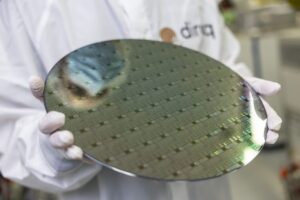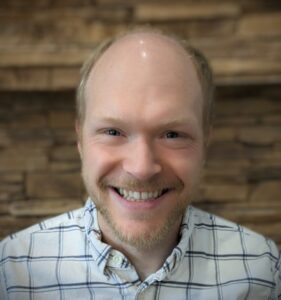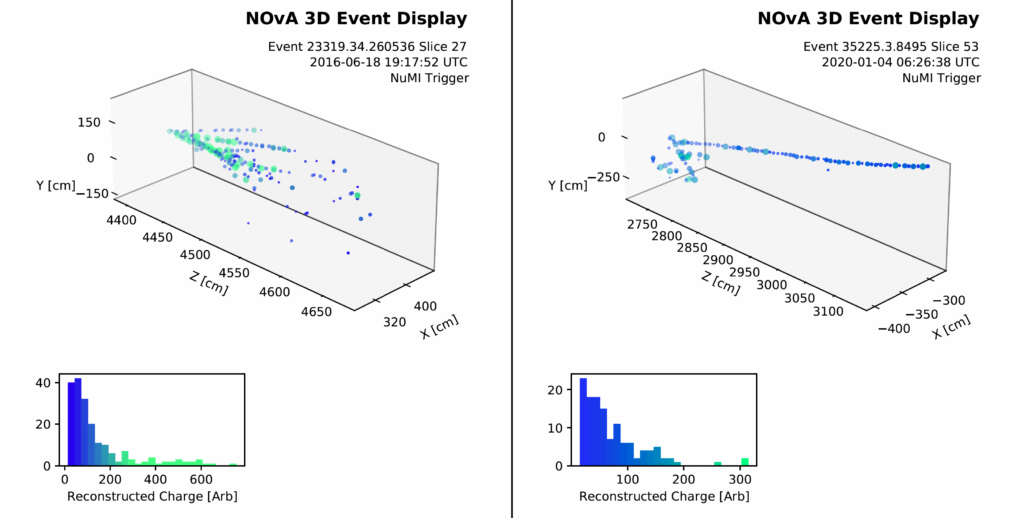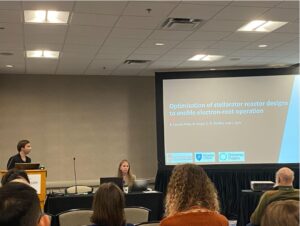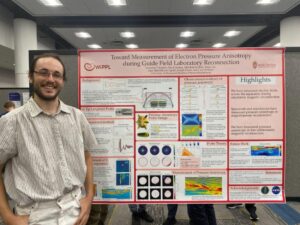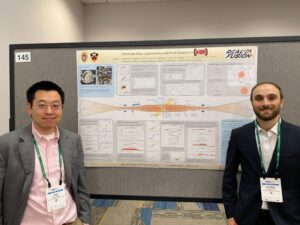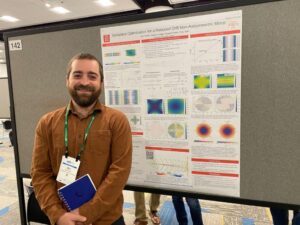This story, featuring physics graduate student Shivani Lomte, was originally published by the CMS collaboration
The CMS Collaboration hunts for Higgs bosons recoiling against dark matter particles
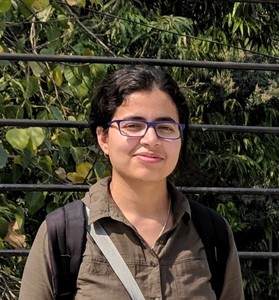
Dark matter is one of the most perplexing mysteries of our universe, accounting for roughly 27% of its total energy. Dark matter does not emit, absorb, or reflect light, and is thus invisible to telescopes. However, its effects on gravitation are unmistakable. Although dark matter’s elementary nature remains unknown, scientists hypothesize that it might be made up of weakly interacting massive particles (WIMPs) that rarely interact with ordinary matter.
In the CMS experiment, we use the fundamental law of momentum conservation to infer the possible presence of dark matter in the detector. In particular the momentum in the transverse plane should be conserved before and after the proton-proton (pp) collision – in other words, the sum of all particle momenta combined should balance out. If momentum is missing, then this suggests that an ‘invisible’ particle, for instance a dark matter particle, has carried that momentum away. Since dark matter doesn’t interact with the detectors, we can’t directly observe it. To detect its presence, we use a ‘visible’ known particle that recoils against the dark matter particle, providing a detectable signal in the experiment. An example of this type of process is shown in Fig. 1.
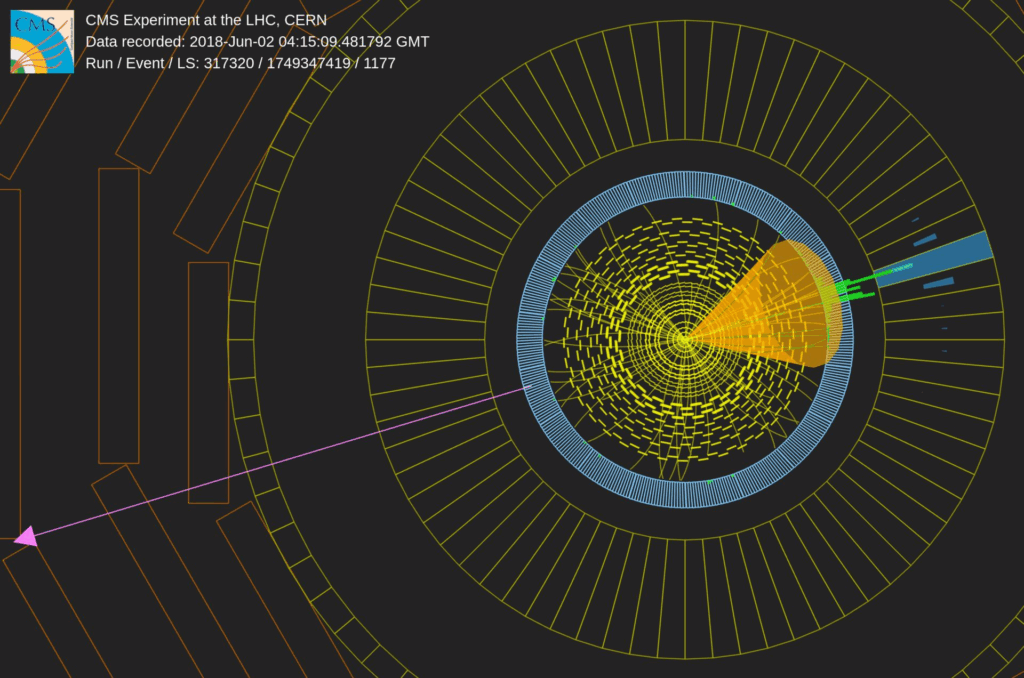
In pp collisions, a photon, ‘jet’, W or Z boson can be emitted from the initial quark within the proton, whereas radiating a Higgs boson is extremely rare given its small coupling to the quarks. Higgs bosons might be preferentially emitted through a new particle acting as a ‘mediator’ between the standard model and dark matter sector. There is a unique possibility at LHC to produce the mediator particle and study its interaction with the standard model and dark matter.
This analysis uses the “mono-Higgs” signature to search for dark matter particles, focusing on two scenarios that both involve Higgs bosons decaying to bottom quarks. If the Higgs boson is highly energetic (boosted), its decay products become collimated and can be reconstructed in a single large-radius ‘jet’. Alternatively, if the Higgs is not as energetic, we instead look for two small-radius jets, one from each bottom quark. The two scenarios are illustrated in Fig. 2.

“A key challenge in this search is that the dark matter signal is rare (at best) and well-known processes, as described in the standard model, produce very similar signatures. To reduce the backgrounds from known particles, we use distinguishing features like the momentum and energy distribution of the particles” says Shivani Lomte, a graduate student at the University of Wisconsin-Madison, leading this search. The precise estimation of the background is critical and is achieved using so called control regions in the data. Such control regions are dominated by background processes and this allows us to quantify the amount of backgrounds in the signal region where we search for dark matter.
In this analysis, once the backgrounds were well-understood, we looked for the dark matter signal by comparing the observed data distributions to the predicted backgrounds, looking for discrepancies. Unfortunately, the observed data agrees with the standard model predictions, and so we conclude that our result has no sign of dark matter. We can thus rule out those types of dark matter particles that would have been detected if they existed.
Regardless of the outcome, the search for dark matter is a journey that pushes the boundaries of human knowledge. Each step brings us closer to answering some of the most profound questions about the nature of the universe and our place within it.
